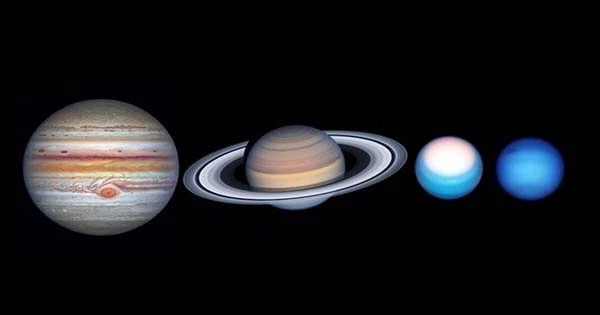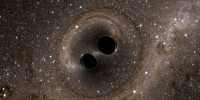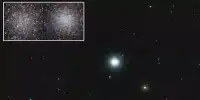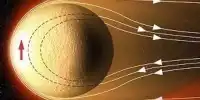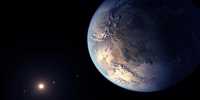Every now and again, a stunning space photograph with a smidgeon of disinformation attached goes viral. Today’s snapshot, allegedly taken by the Hubble Space Telescope, purports to show Saturn. The only issue is that if this shot is what the text claims, all life on Earth would be extinguished before you could remark “wow, isn’t that gorgeous.” Look at the image below and, if you can’t figure out why, consider the Sun’s location. Is that clear?
Okay, here’s how it works. To begin with, the image was released by NASA, although it was not acquired by Hubble. The Hubble Space Telescope circles 547 kilometers (340 miles) above Earth, obtaining images as breathtaking as the one above of Saturn, albeit its finest views have been of galaxies billions of light-years away.
There’s a simple method to identify if the shot above was taken by the Hubble Space Telescope or not: If the Sun is displayed behind Saturn, as it is in the image above, it was shot from beyond Saturn’s orbit. If Hubble had taken it, it would suggest that Hubble and the Earth had been hurled into an orbit beyond the gas giant, making catching pictures of Saturn a low priority, much below “freezing to death in a planet-wide die-off.” The image depicts aurora lingering above Saturn’s South Pole and was produced by NASA as concept art.
In a 2005 news release, NASA said that the aurora glows red due to radiation from blazing hydrogen. “The aurora is oval because the lighting gases track the magnetic field lines that converge upon the planet’s magnetic poles like a narrowing funnel.” Both the Hubble Space Telescope and the Cassini space probe have obtained photos and composite pictures of Saturn’s aurora. They’re just as beautiful, with the added benefit of not implying that we’re being yeeted from our orbit into temperatures that human beings cannot endure.
The Cassini mission ended in 2017 with an organized swan dive into Saturn, but data and photographs from the project’s last months, dubbed the “Grand Finale,” are still being reviewed and reveal new information about the ringed planet. New photographs of Saturn’s aurorae have been revealed, exhibiting both significant differences and parallels to our own northern lights. The new findings were published in Geophysical Research Letters and JGR: Space Physics, respectively.
